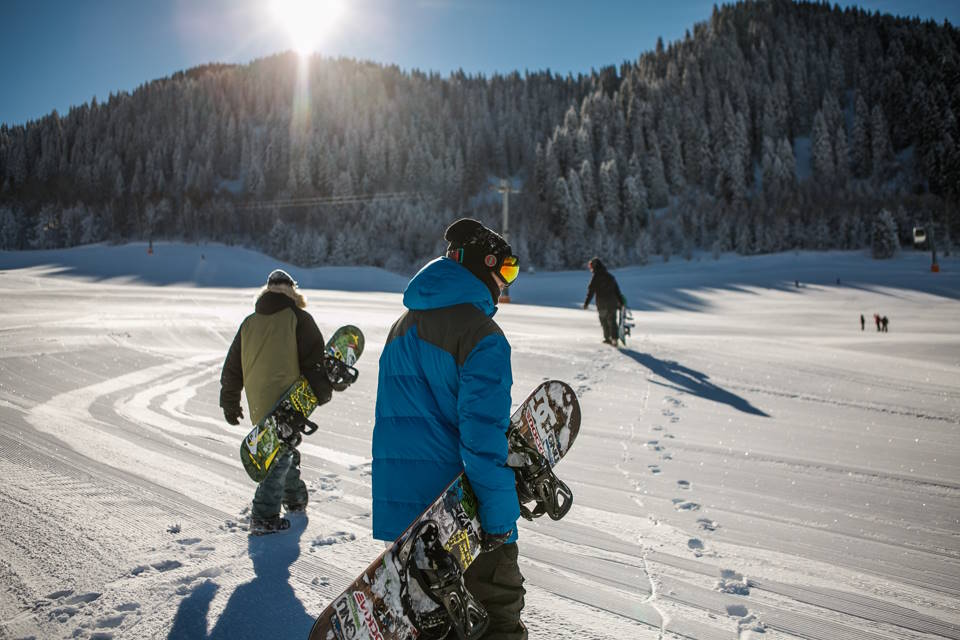Are you ready to take your snowboarding skills to the next level? Carving on a snowboard is a thrilling and fundamental technique that every snowboarder should master. In this blog post, we’ll go over everything you need to know about carving on a snowboard, from choosing the right snowboard and selecting the appropriate boots to understanding the correct stance and mastering basic carving techniques. We’ll also provide tips on how to improve your skills through practice and offer advanced carving tips for experienced riders. Whether you’re a beginner looking to learn the basics or an experienced rider aiming to take your carving to the next level, this blog post has got you covered. Get ready to carve up the slopes and elevate your snowboarding experience!Find the best snowboard, boots, and stance for carving. Learn basic and advanced carving techniques. Perfect for beginners and experienced riders.
Choosing The Right Snowboard
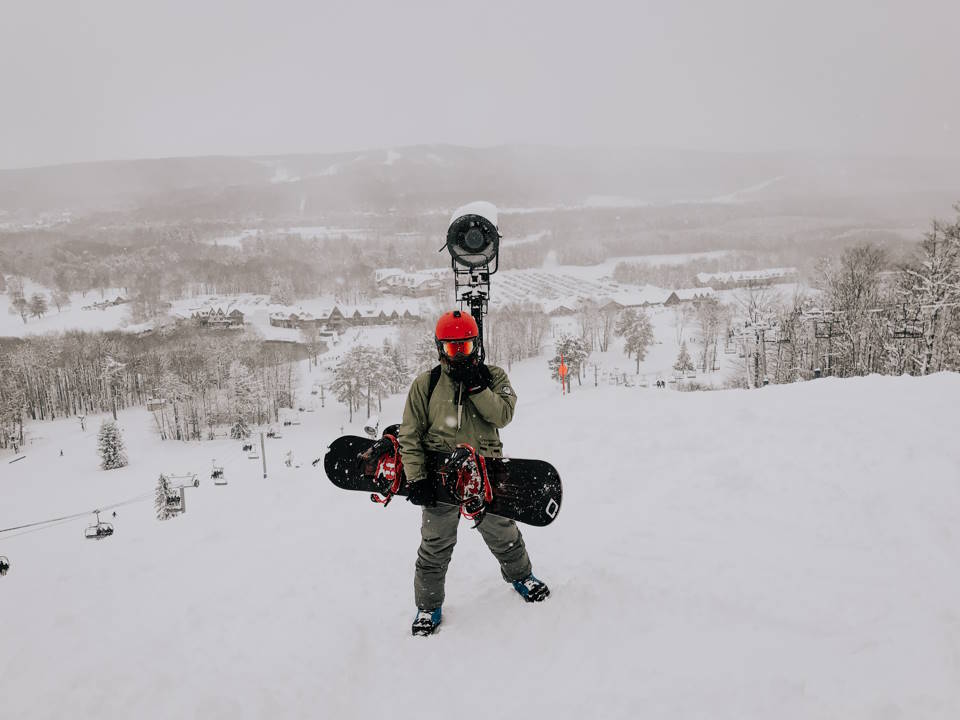
When it comes to choosing the right snowboard, there are a few key factors to consider. One of the most important things to think about is your riding style. Whether you prefer to ride in the park, backcountry, or on groomed runs, there is a snowboard designed specifically for your needs. It’s also essential to consider your skill level. Beginners will want a more forgiving board, while advanced riders may need a board with more performance capabilities.
Another crucial aspect to consider when selecting the appropriate snowboard is the type of terrain you will be riding on. Different snowboards are designed for specific terrains, such as powder, freestyle, or all-mountain. It’s important to understand the differences to ensure you choose a board that will perform well in the conditions you encounter.
Additionally, the length and width of the snowboard are important factors to take into account. A board that is too long or too short for your height and weight can negatively impact your performance on the slopes. It’s important to find the right balance to ensure a comfortable and stable ride.
Lastly, it’s crucial to consider your budget when choosing the right snowboard. There are snowboards available at various price points, and while it’s tempting to opt for a less expensive board, investing in a higher-quality snowboard can significantly improve your experience on the mountain. Ultimately, taking the time to research and consider these factors will help ensure you find the perfect snowboard for your needs.
Selecting The Appropriate Boots
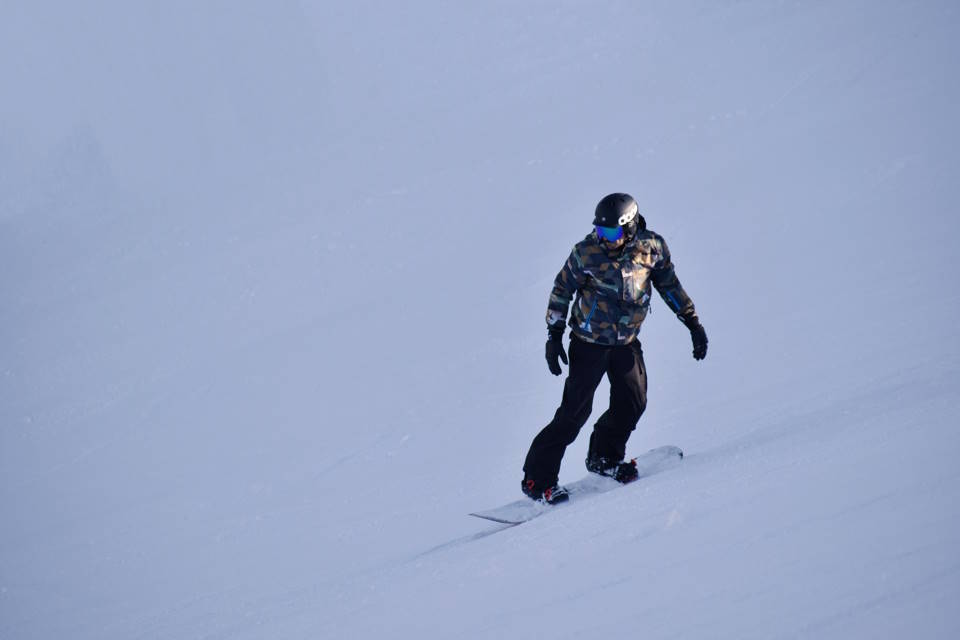
When it comes to snowboarding, having the right boots is essential for a successful and enjoyable experience on the slopes. The right pair of boots will provide the necessary support, comfort, and control that every rider needs. It’s important to consider several factors when selecting the appropriate boots for your snowboarding adventures.
First and foremost, the fit of the boots is crucial. A good fit is arguably the most important aspect of selecting the right boots. The boots should be snug, but not too tight, and should provide ample support for your ankles and feet. It’s also important to consider the flex of the boots. The flex determines how much support and control the boots will provide, and it’s important to select a flex rating that suits your riding style and skill level.
In addition to fit and flex, it’s also important to consider the lacing system of the boots. There are several different lacing systems available, including traditional laces, speed laces, and boa lacing systems. Each system has its own advantages, so it’s important to choose a lacing system that meets your needs and preferences. Finally, it’s important to try on several different pairs of boots before making a decision. Every rider’s feet are unique, and what works for one person may not work for another. Trying on multiple pairs of boots will help you find the perfect fit and ensure that you’re comfortable and confident on the slopes.
Ultimately, selecting the appropriate boots is a personal decision that depends on your individual preferences, riding style, and skill level. By taking the time to consider the fit, flex, lacing system, and trying on multiple pairs, you can find the perfect boots that will enhance your snowboarding experience.
Understanding The Correct Stance
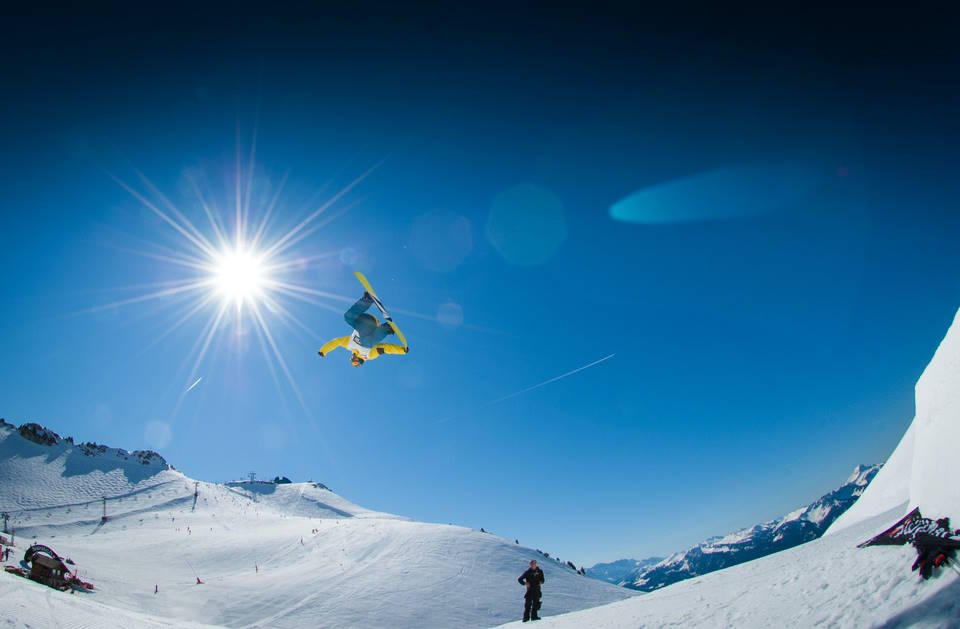
When it comes to snowboarding, having the correct stance is essential for maintaining balance and control while riding down the slopes. Your stance refers to the position of your body and feet on the snowboard, and it plays a crucial role in your overall performance.
One key aspect of understanding the correct stance is finding the right width for your stance. This will depend on your height, weight, and personal preference. You’ll want to experiment with different widths to find the one that feels most comfortable and stable for you.
Another important factor is the angle of your bindings. The angle of your front and back foot can impact your stability, turning ability, and overall agility. It’s important to adjust the angle of your bindings to match your riding style and skill level.
Finally, having a centered stance is crucial for maintaining control and balance while snowboarding. Your weight should be evenly distributed between your front and back foot, with your knees slightly bent and your upper body facing forward. This will help you navigate different terrain and execute turns with precision.
Mastering The Basic Carving Techniques
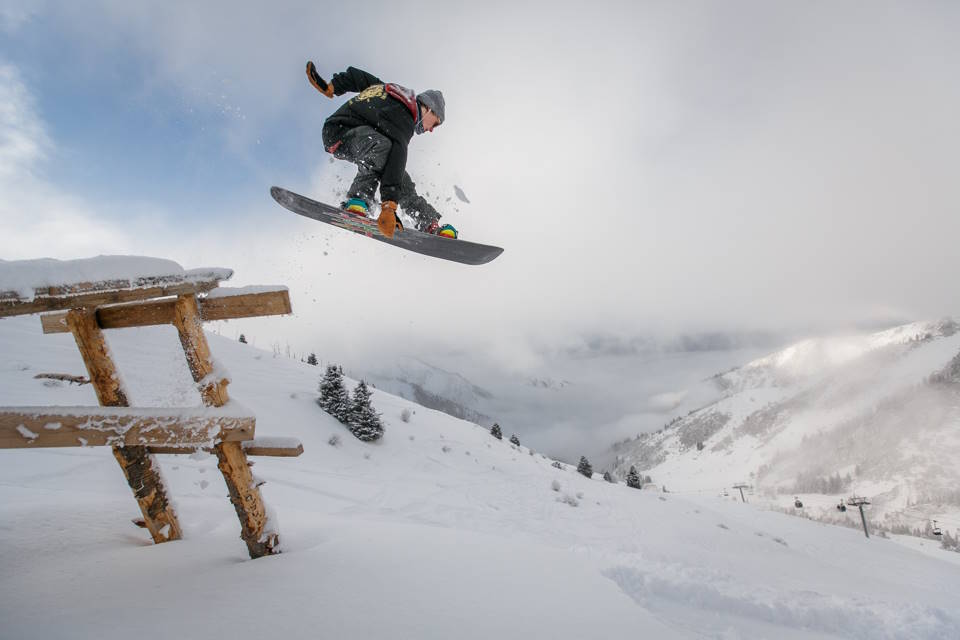
Learning to master the basic carving techniques is essential for any snowboarder looking to improve their skills on the slopes. Carving is the process of using the edges of the snowboard to create smooth, controlled turns, and it is a fundamental skill that all riders should strive to perfect.
One of the first things to focus on when mastering carving techniques is to ensure that you have the right stance. A proper stance involves having your feet shoulder-width apart, with your knees slightly bent, and your weight evenly distributed across the board. This balanced position will provide the stability and control necessary for executing clean carving turns.
Another important aspect of mastering carving techniques is understanding the concept of edge control. This involves using your toes and heels to tilt the snowboard onto its edges, which in turn allows you to initiate and maintain smooth turns. Practicing edge control on gentle slopes can help build the muscle memory needed to execute precise carving movements.
Lastly, it’s crucial to focus on your body positioning when mastering carving techniques. Keeping your upper body centered and facing downhill will help maintain stability and control throughout the turn. Additionally, keeping your eyes focused on the direction of travel can help ensure that you are executing the correct movements and maintaining proper balance.
Improving Carving Skills With Practice
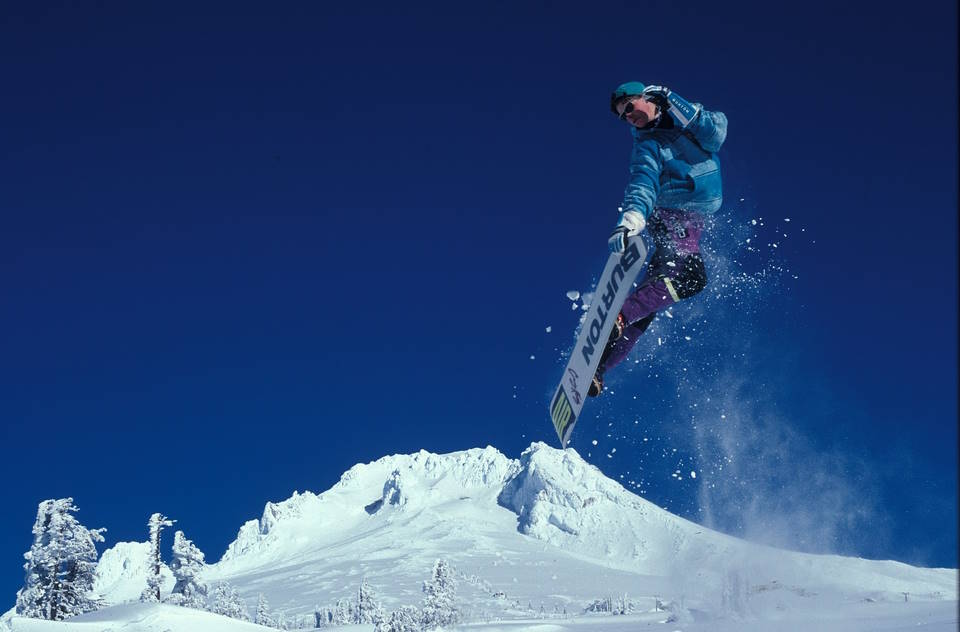
Improving your carving skills is an essential aspect of becoming a proficient snowboarder. The key to mastering this technique is consistent practice and dedication. Carving involves using the edges of your snowboard to make smooth, controlled turns down the mountain. With the right approach and commitment, you can enhance your carving abilities and take your riding to the next level.
One of the most effective ways to improve your carving skills is to focus on the fundamentals. Start by perfecting your body positioning and weight distribution while turning. It’s important to keep your knees bent and your weight centered over your snowboard. This will help you maintain stability and control as you carve through different terrain. By paying attention to these basic principles, you can lay a solid foundation for enhancing your carving technique.
Additionally, practicing on a regular basis is crucial for honing your carving skills. Find opportunities to ride in various snow conditions and terrains, such as groomed slopes and off-piste areas. Experiment with different turn shapes and speeds to challenge yourself and broaden your skill set. The more time you spend on the snow, the more confident and proficient you will become in carving. Remember, consistency is key to making significant progress in this aspect of snowboarding.
Furthermore, seeking feedback from experienced riders or instructors can greatly benefit your carving development. Consider taking lessons or participating in clinics focused on carving techniques. By receiving constructive criticism and guidance from knowledgeable individuals, you can identify areas for improvement and learn valuable tips for refining your carving skills. Embracing feedback and being open to adjustments will accelerate your growth as a carving-oriented snowboarder.
Advanced Carving Tips For Experienced Riders
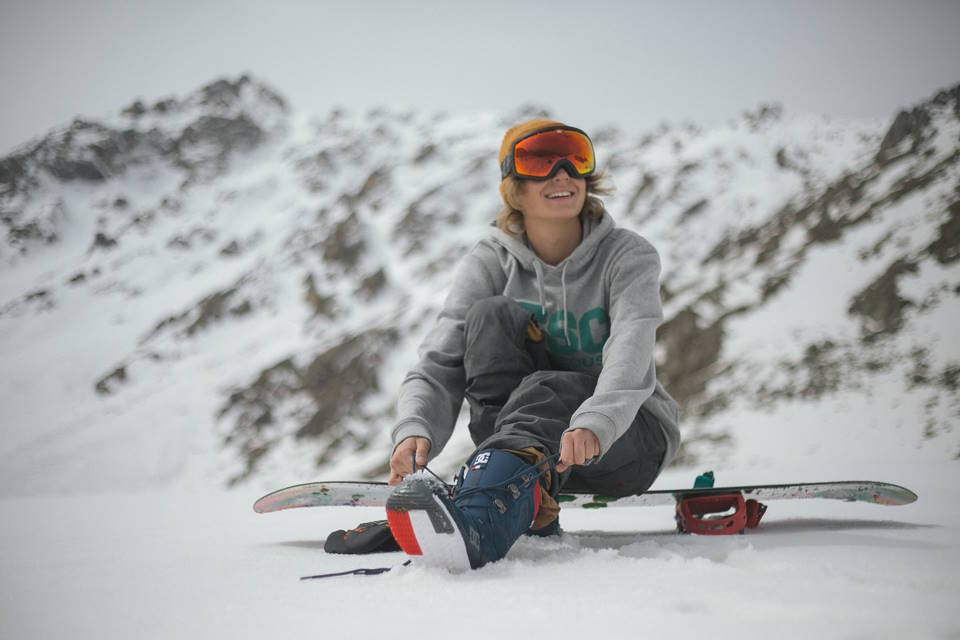
When it comes to carving on a snowboard, experienced riders are constantly looking for ways to push their skills to the next level. One of the key techniques for advanced carving is the ability to maintain a consistent edge angle throughout the turn. This requires a combination of balance, strength, and precise control of the snowboard. In order to achieve this, it’s important to focus on engaging the lower body and using the edges of the snowboard to create smooth, fluid turns.
Another important aspect of advanced carving is the ability to generate speed and power through the turn. This requires a dynamic and aggressive approach, with the rider driving their weight and energy into the snowboard. By maintaining a low center of gravity and actively bending the knees and ankles, experienced riders can harness the forces of the turn to propel themselves through the carve with increased velocity and force.
Furthermore, experienced riders should also focus on refining their body positioning and movement during carving. By staying centered over the snowboard and actively angulating their body, riders can optimize their balance and control. Additionally, the use of upper body positioning and counter-rotation can help to enhance the performance and fluidity of the carve, allowing for more dynamic and precise turns.
Finally, advanced carving also involves the ability to adapt and adjust to different terrain and snow conditions. Experienced riders should be able to read the snow and anticipate changes in the surface, adjusting their technique and approach accordingly. By constantly challenging themselves and seeking out diverse and challenging carving environments, riders can continue to refine and expand their skills.

